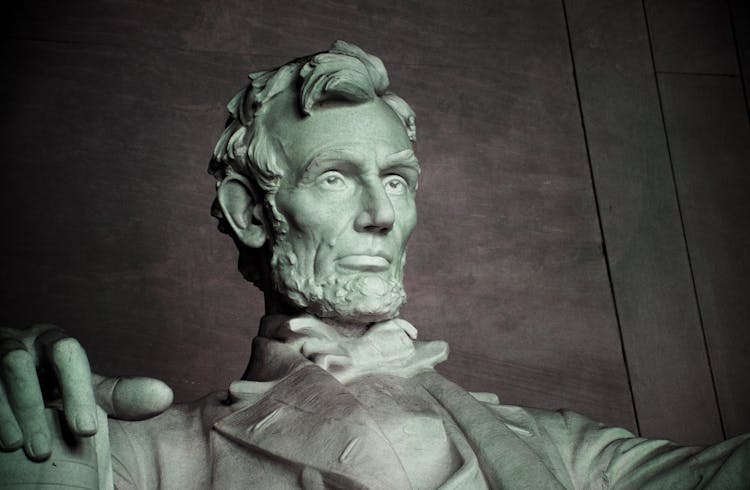All Categories
Featured
Table of Contents
The Lincoln Memorial, designed by the renowned architect Henry Bacon, stands majestically at the western end of the National Mall in Washington, D.C. Conceived as a symbol of unity and freedom, its architectural style mirrors the principles that Abraham Lincoln staunchly defended. The use of a Greek Doric column design not only aligns it with classical ideals of beauty and democracy but also intricately connects it to the legacy of ancient democratic structures like the Parthenon.
In the memorial's design, each detail holds significant symbolism; the 36 columns signify the states in the Union at the time of Lincoln's assassination in 1865. These columns encircle the structure, representing the unbreakable unity that Lincoln strove to maintain. Inside, the large seated sculpture of Lincoln, crafted by Daniel Chester French, evokes a sense of solemn contemplation and resilience, serving as a poignant reminder of his perseverance through the Civil War.
Reflecting on Lincoln's Legacy at the National Mall
The Lincoln Memorial is not just an architectural wonder but also a canvas of historical episodes that have shaped the United States. Since its dedication in 1922, it has been a backdrop for numerous pivotal civil rights gatherings, the most famous being Martin Luther King Jr.'s "I Have a Dream" speech in 1963. This moment underscored the memorial's role as a space of American moral ideals and a center for the ongoing struggle for equality.
Moreover, the memorial's location on the National Mall places it at the heart of the nation’s commemorative landscape, symbolizing the foundational American values of justice and unity. Over the years, it has become a site of reflection for presidents and citizens alike, drawing millions of visitors who come to pay homage to one of the nation’s most revered leaders.
What to Know When Visiting the Lincoln Memorial
Open 24 hours a day, the Lincoln Memorial offers a unique experience for its visitors, transcending mere historical interest to become a place of deep national pride and reflection. The accessibility of the memorial enables people from all walks of life to engage with the very essence of American history. Nighttime visits are particularly striking, with the statue of Lincoln illuminated against the dark sky, creating a powerful image of steadfastness and endurance.
Whether you're absorbing the solemnity of the central chamber or exploring the detailed murals in the side chambers, a visit to the Lincoln Memorial is invariably impactful. Dedicated rangers offer insights into its fascinating history, enriching the visitor experience with stories and contextual background that bring the memorial to life.
For those unable to visit in person, engaging with the Lincoln Memorial through various online resources provides an alternative method to experience its grandeur and learn about its profound significance. These platforms offer detailed explorations of the memorial’s architecture, historical events, and the narratives that have shaped its status as a beacon of national identity.
The Symbolic and Historical Resonance of the Lincoln Memorial
The enduring reverence for Abraham Lincoln, amplified through the memorial's solemn grandeur, continues to influence American identity and politics. The memorial itself acts as a continual reminder of the virtues he championed and the sacrifices made for the unity of the nation. It's a place where past ideals meet present-day reflections on democracy and freedom.
The Lincoln Memorial is more than a monument; it is a continuing dialogue between Abraham Lincoln’s era and today's societal challenges, encouraging visitors to reflect on their part in the ongoing narrative of America. Through its imposing architecture and the weight of history it carries, the memorial stands not only as a tribute to Lincoln but as a space for public congregation and contemplation, inspiring all who visit to carry forward the values it embodies.
As a vivid representation of American ideals and as a focal point of historical and contemporary discourse, the Lincoln Memorial remains a fundamental part of the national heritage, resonating through time with its message of unity and justice.

Recently Archived
Latest Posts
How OBD2 Scanners Can Help Diagnose Car Problems
Mastering the Art of the Home-Cooked Rotisserie Chicken
Cultivating a Growth Mindset Through Lifelong Learning